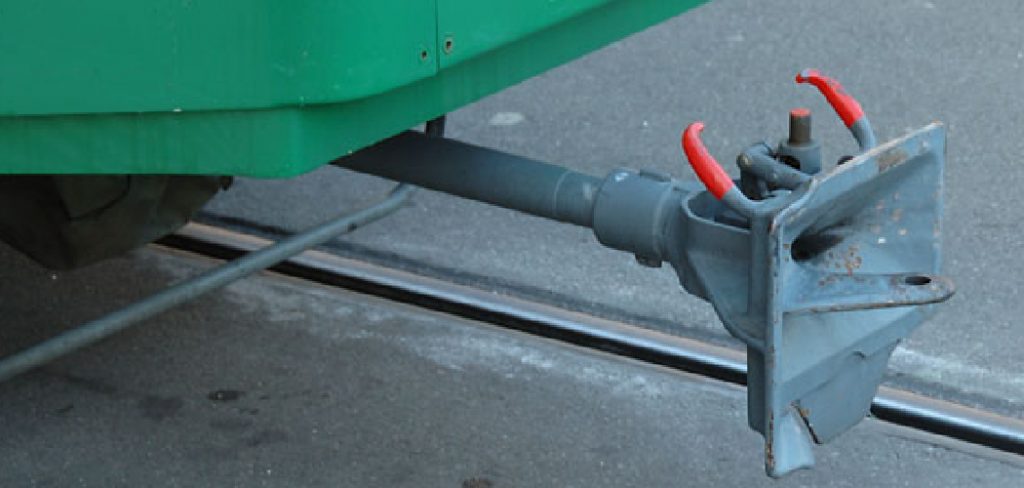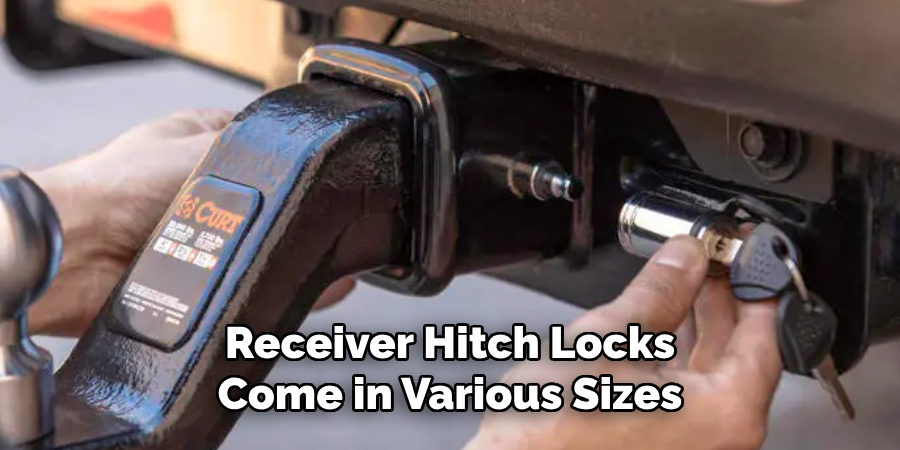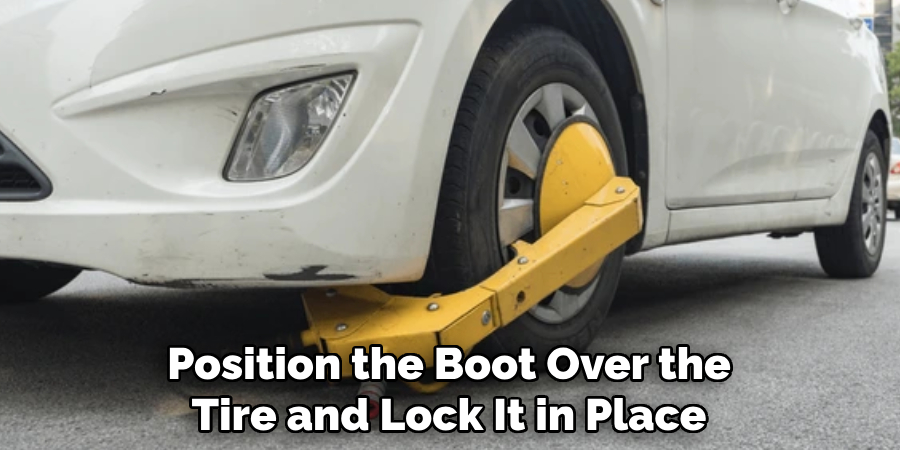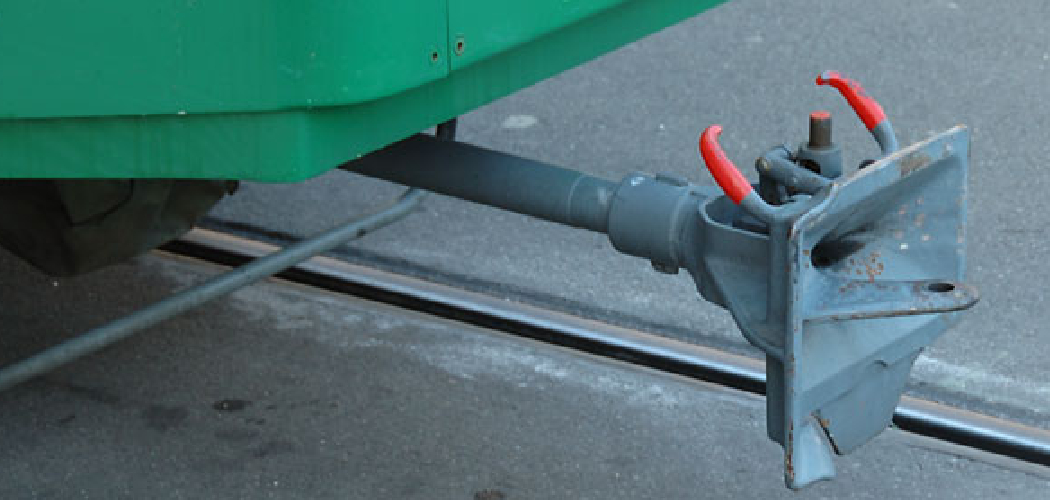Securing your trailer or towing equipment with a hitch lock is an essential step to ensure safety and prevent theft. Whether you’re towing a camper, boat, or utility trailer, properly locking the hitch provides peace of mind and enhances overall security. This guide will walk you through the process of how to lock a hitch effectively, ensuring your equipment stays safe wherever you go.

Why Locking Your Hitch Is Important
Locking your hitch is a critical step in safeguarding your equipment from theft and ensuring it remains secure during transit. Trailers and towing equipment are often targets for thieves due to their high value and ease of access. A hitch lock acts as a strong deterrent, making it significantly harder for someone to disconnect your trailer or tamper with your towing setup.
Additionally, securing your hitch helps prevent accidental unhooking while driving, reducing the risk of damage to your trailer or other vehicles on the road. By investing in a reliable hitch lock, you are protecting both your property and the safety of others.
Common Types of Hitch Locks
There are several types of hitch locks available, each designed to provide security for different towing setups:
- Coupler Locks – These locks fit over the trailer coupler, preventing it from being attached to a hitch. They are highly visible and serve as both a physical and visual deterrent to theft.
- Receiver Pin Locks – Designed to secure the drawbar or ball mount to the receiver hitch, these locks replace the standard receiver pin with a locking mechanism, adding an extra layer of security.
- Gooseneck Locks – Specifically made for gooseneck hitches, these locks secure the coupler to prevent unauthorized access or attachment to a tow vehicle.
- Fifth Wheel Locks – These are used to lock the kingpin of a fifth wheel trailer, making it impossible for thieves to hitch it to their truck.
- Latch Locks – These locks secure the latch on the coupler, ensuring the trailer cannot be easily detached from the hitch or tampered with.
Each type of hitch lock serves a specific purpose, so selecting the right one for your trailer and towing setup is crucial for optimal security.
10 Methods How to Lock a Hitch
1. Use a Hitch Coupler Lock
A hitch coupler lock is a specially designed device that fits over the trailer coupler and prevents it from being attached to a hitch ball. To install, position the lock over the coupler and slide the locking pin through the designated holes. Turn the key to secure it in place. The lock typically has a ball or shank that sits inside the coupler, preventing removal without the key.
Opt for a heavy-duty, weather-resistant coupler lock to withstand outdoor conditions. This method is highly effective because it physically blocks anyone from connecting the trailer to a towing vehicle.
2. Install a Receiver Hitch Lock
A receiver hitch lock replaces the standard hitch pin and prevents the removal of the ball mount from the receiver. Insert the lock through the receiver tube and secure it with a locking mechanism, often using a key or combination lock. Receiver hitch locks come in various sizes, so measure your receiver tube before purchasing.

Stainless steel or chrome-plated locks offer enhanced corrosion resistance. By preventing removal of the hitch mount, this lock type ensures that the trailer cannot be easily detached from your vehicle.
3. Use a Trailer Ball Lock
Trailer ball locks fit directly into the coupler and block the space where the hitch ball would go. Insert the ball portion into the coupler and secure it with the locking mechanism. These locks are highly visible and act as a deterrent to would-be thieves. Choose a ball lock made from hardened steel to resist cutting or tampering.
This method is particularly useful when the trailer is parked without being hitched to a vehicle, as it makes hitching virtually impossible without removal.
4. Implement a Chain and Padlock System
For added security, wrap a heavy-duty chain around the hitch and secure it with a hardened steel padlock. Choose a chain that is resistant to cutting, such as one made from case-hardened steel. Pass the chain through the trailer’s A-frame and around the hitch, making it as tight as possible.
This method serves as an additional layer of security when combined with other locking mechanisms. While not entirely tamper-proof, it adds time and effort for potential thieves, which can be a strong deterrent.
5. Lock the Safety Chains
Safety chains are vital for towing, but they can also be a security vulnerability. Lock the chains to the trailer’s frame using a padlock. This prevents thieves from simply hooking the safety chains to a tow vehicle even if the main hitch lock is compromised. Use a strong, weather-resistant lock to secure the chains, and ensure the padlock is tight to minimize movement. Locking the safety chains adds an extra barrier against unauthorized towing.
6. Use a Spare Tire Lock
A spare tire lock is another security feature that indirectly helps secure your trailer. Locking the spare tire to the trailer frame prevents theft and can block access to the hitch area, making it more difficult to tamper with the coupler or hitch locks. Choose a lock that is compatible with your tire’s lug nuts, and ensure it is made from rust-resistant materials for durability.
This method not only secures your spare but also acts as a secondary deterrent to hitch tampering.
7. Utilize a Wheel Lock or Boot
Wheel locks or boots immobilize your trailer by preventing the wheels from rotating. These devices clamp around the wheel and typically include a built-in locking mechanism. To install, position the boot over the tire and lock it in place. Make sure the device covers the lug nuts to prevent tire removal.

While primarily designed to stop the trailer from being towed away, wheel locks also add another layer of security, as potential thieves will struggle to move the trailer even if the hitch is compromised.
8. Install a GPS Tracking Device
While not a physical lock, a GPS tracking device helps you locate your trailer if it is stolen. Hide the tracker inside the trailer or under the frame, ensuring it is weatherproof and secure. Use an app to monitor the trailer’s location in real time. Combining GPS tracking with a robust hitch lock system provides both physical security and peace of mind, knowing you can track your trailer if necessary.
Regularly check the battery and connectivity to ensure reliable performance.
9. Park Strategically
Where and how you park your trailer significantly impacts security. Whenever possible, park with the hitch facing a wall or barrier to make it inaccessible. Combine this parking strategy with a hitch lock, wheel lock, and locked safety chains to create a multi-layered security system.
Additionally, parking in well-lit, monitored areas reduces the risk of theft. Strategic parking enhances the effectiveness of hitch locks and makes unauthorized access more challenging.
10. Use an Alarmed Hitch Lock
Some modern hitch locks come with built-in alarms that activate if tampering is detected. These locks combine mechanical security with audio deterrence, sounding a loud alarm if someone tries to cut or remove the lock. Install the lock as you would a standard hitch lock, ensuring the sensor is correctly positioned to detect movement.
Check the battery regularly to ensure the alarm is functional. The loud noise attracts attention, discouraging theft attempts and alerting you to potential problems.
Troubleshooting Common Issues
Even with reliable hitch locks, you may encounter occasional issues. Here are some common problems and their solutions:

- Alarm Not Activating: If the built-in alarm fails to activate, check the battery first. Replace it if necessary and ensure the connections are secure. Make sure the sensor is properly aligned and free of obstructions.
- False Alarms: If the alarm triggers without cause, inspect the lock for dirt, debris, or corrosion that could interfere with the sensor. Clean the lock using a dry cloth and apply a lubricant suitable for metal parts. Avoid placing the lock in areas prone to constant vibration or movement.
- Lock Jamming: Over time, dust or moisture can cause the lock to jam. Use a lubricant to loosen the mechanism and inspect for any visible damage. For severe jamming, consider consulting the manufacturer or a professional locksmith.
- Reduced Alarm Volume: If the alarm sounds weaker than usual, it could indicate a low battery. Replace the battery promptly and test the device to ensure its full functionality.
By addressing these issues promptly and performing regular maintenance, you can ensure your hitch lock remains effective in securing your vehicle or trailer.

Conclusion
Locking a hitch is an essential part of trailer security, especially when your trailer is parked or stored for extended periods. By using a combination of the methods outlined—such as hitch coupler locks, receiver hitch locks, chain systems, and alarmed devices—you significantly reduce the risk of theft.
Adding GPS tracking and strategic parking further enhances your security plan. Thanks for reading our blog post on how to lock a hitch! We hope you found it helpful and informative.

